I am measuring the the power supply rail provided by a small integrated isolated DC-DC converter taking 5v to 15v. The package looks like as follows:
When I measure the output using an oscilloscope probe using an alligator clip for ground I get about 400mVp-p switching noise, but when I use a ground spring on the probe at the same probing locations only around 50mVp-p of noise is present. This can be seen in the photo below:
Is this because the alligator clip lead is picking up noise radiated from the DC-DC converter package as opposed to noise coming through the actual rail? What can one do to reduce the effect of this phenomenon?

